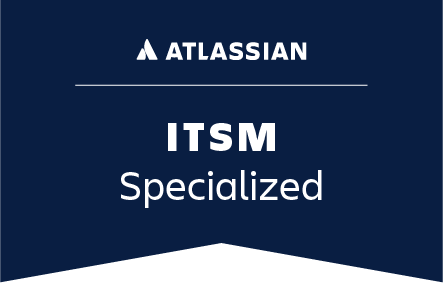- +701-232-5697
- info@stratacominc.com

MANAGEMENT LAUNCHPAD
// SEAMLESS MIGRATION FROM CHERWELL TO JIRA SERVICE MANAGEMENT (JSM)
How to set up the Asset Dashboard Gadget Grid
- Add the Dashboard Gadget to your Dashboard
- NOTE—you can add this dashboard multiple times and configure the gadget differently for each installation
- Choose ‘Configure’ to configure the Grid Gadget
- In the Gadget configuration, you will find the following fields:
- Enter the Caption for the Table: This is the ‘caption’ field right above the date grid.
- NOTE—this is different than the Gadget Title, which is also configurable, but right from the Gadget.
- Enter a comma-delimited list of the JSM Assets fields you want to display: This field holds the fields that you want to add to the grid. They will appear in the order that you enter them here. Make sure you match the name exactly, as the names are case-sensitive. You do not need to enter any quotes, just the name exactly how it is in the Assets Object, separated by a comma.
- Enter the AQL Query: This is the AQL Query that the dashboard gadget will run to return your records. You can build this query using the JSM Assets ‘Filter’ utility in the list of JSM Assets
- Show Asset Query: This checkbox will add a section to the top of the grid that will display the query being run
- Allow Drilldown: This checkbox will add a hyperlink to each record’s 1st field that will allow the user to ‘drill-down’ into each asset by opening a new browser tab that will take them directly to that asset
- Enter the company URL…: This is where you enter your companies Jira URL in this format: atlassian.net
- Don’t enter https or anything else, just your company url
- This is used to build the Asset link for the ‘drill-down’ capability
- Enter the rows per page: This is how many rows will display per ‘page’. The default is 10 and the max is 25.
- NOTE—The grid will return as many pages of data as it takes to display all of your data
- Enter the maximum records returns: This is how many records will be returned by the assets query. You would normally want to make this high enough to include all the records in your query.
- Enter the date format: This is how dates will be displayed. The default date format (yyyy-MM-dd) is the best, as it will support the date requirements for the Safari Browser
- Enter a comma delimited list of fields that are dates: Enter your date fields from the grid here. This is to ensure that other number fields don’t accidently get turned into dates.
- Enable Grouping: This will group the records and display a count of how many records are in each group
- Field to group by: The field in your Assets object to group the records by
- Enter the Caption for the Table: This is the ‘caption’ field right above the date grid.



Error: Contact form not found.
Get Started Today
Choosing StrataCom as your partner ensures a successful and efficient migration from Cherwell to Jira Service Management. Our Launchpad package is designed to provide you with everything you need for a smooth transition and to maximize the benefits of your new JSM system.
Ready to take the next step? Contact us today to learn more about our Launchpad package and how we can help your organization successfully migrate to Jira Service Management.
More resources
Portfolio and Program Management (PPM) for Jira Service Management – YouTube
Enhancing Hardware Asset Management Using Barcode Scanning in Jira Service Management – YouTube


